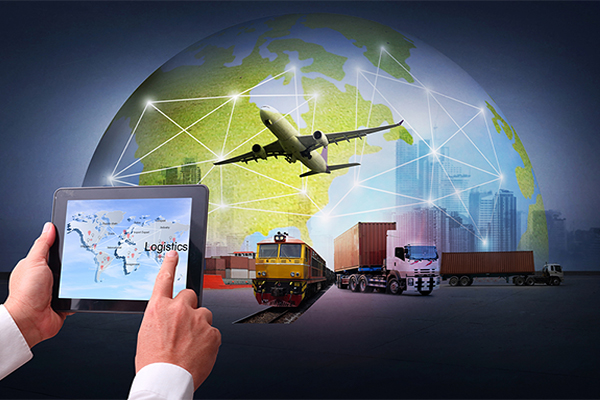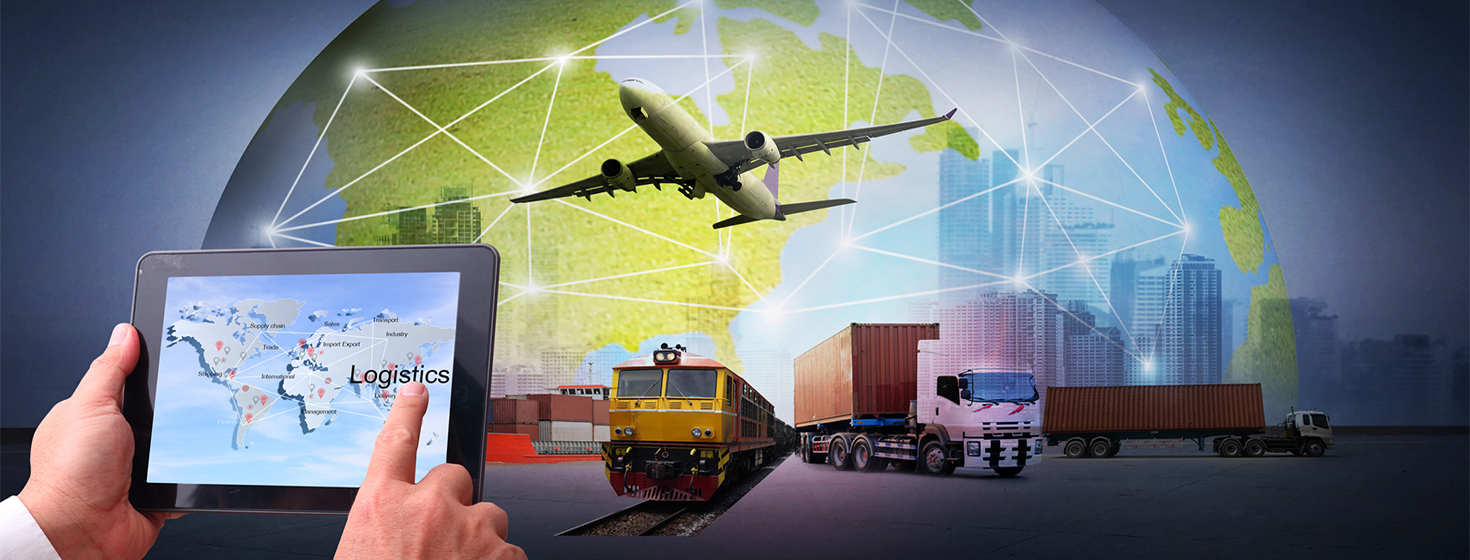Transportation Management Solutions
As the transportation sector becomes more layered and complex, transportation management solutions must respond in kind with more advanced in-app functionality and logistics planning.
Most standalone transportation management systems are too limited to encapsulate the tiered complexity of an international, multi-segment supply chain, but technology that can integrate and converge transportation with other supply chain functions, such as order management, set the new industry standard.
What you look for in a transportation management system should vary depending on a variety of factors, including but not limited to:
- Distribution area (regional or global)
- Network size
- Existing operations for enterprise resource planning (ERP)
- Communications with in-house and/or 3PL Warehouse Management Systems (WMS)
- Multiple sourcing and distribution channels
- Product type and regulation and/or storage constraints
- Varying service level agreements (SLAs)
- Exception events
- Regional stability
What Is a Transportation Management System?
A transportation management system (TMS) is a logistics platform that supports the physical transportation and shipment of products between stakeholders. What started as a basic concept has evolved, however, to include a complex ecosystem of vendors, carriers, suppliers, warehouses, retailers, and other parties, all with their own set of operations and constraints.
Basic TMS functionality is used to restrict capabilities to batch orders with limited order-level reporting and speed. New systems that combine transportation management with order management, however, are more versatile and responsive, and therefore better suited for optimizing the whole supply chain network.
The Core Capabilities to Look for in a Transportation Management System
Mature organizations with multiple partners need more advanced logistics capabilities. Cloud-based orchestration software offers a holistic alternative to a standalone TMS.
End-to-End Visibility
Perfect order performance means incorporating many variables into your approach, some of which change by the minute. With end-to-end visibility and in-app functions for supplier selection, exceptions management, and more, stakeholders have greater control over individual order management, even when conditions change by the minute. Dashboards can show centralized data in real-time from a variety of sources, which is key to responding to disruption events, such as a supply shortage or weather-related delay. This multi-faceted approach to supply chain management is also important for supporting long-term objectives for future growth by providing visibility as the network increases its scale.
Here are a few examples of how TMS can support end-to-end visibility:
- Total order control with API or Web services technology
- Transparent data flow between stakeholders
- Multi-enterprise collaboration technology
- Improved supplier and carrier availability and selection
Order Fulfillment and Delivery Efficiency
A combined order management and transportation management natively built on one platform creates opportunities to optimize processes across business units that would otherwise be overlooked. By collaboratively working toward shared goals, such as, for example, utilizing full truckloads and improving time performance, stakeholders can mutually benefit and improve operations.
Here are a few additional examples to demonstrate specific applications for TMS optimization:
- After-sales flow management for reverse logistics
- Real-time rate quotes from carriers via API
- Parcel shipping (instead of batches), allowing greater flexibility and speed
- Integrated dock planning and appointment scheduling
- Multi-modal transportation and seamless integrations with carrier portals and warehouse management systems (WMS)
Cost Management, Compliance, and Risk
In an era of global supply chain disruption, shortages, and high delivery costs, it’s more important now than ever to understand the performance value and financial reporting. The Suez Canal accident, emerging COVID-19 variants, and international sanctions are just a few examples of events over the last year that caused service interruptions and expenses.
To build resilience against disruption, supply chain management software should include:
- Financial and logistical analytics and reports
- Resource planning and cost allocation
- Recording service level agreements (SLAs) and verifying compliance embedded intelligence, for performance insights, risk management, and strategy planning
- Internal efficiencies based on, for example, order consolidation, physical flow management, capacity planning, carrier, and assignment.
- Smart business rules and automation
- Granular order-level and global reporting to support sustainability efforts, labor efficiency, inventory management, and other revenue-saving measures.
Innovation and Customer Delight
Leaders of every industry prioritize customer service. One way to innovate in this area is to develop omnichannel capability, which means a product can be bought, fulfilled, or returned at any location within the network. This line of thinking makes it easier for customers to use your product and services, which makes it more likely they’ll support the organization again in the future.
The following are a few ways your TMS program can strengthen customer loyalty and brand reputation:
- Improved customer experience by way of omnichannel transaction points
- Accurate order promise dates for customer service representatives to relay upon customer inquiry
- Real-time status updates and delivery notifications
- Faster fulfillment times and more on-time deliveries
A Future-Focused Technology Strategy
These capabilities are valuable but barely scratch the surface of what supply chain management platforms can do to support not just individual business units but the whole supply chain network. A standalone transportation management system can suggest reroutes, but a combined TMS and OMS platform can suggest alternatives that incorporate all the resources and capacities within the network.
Transportation management systems can help mitigate risk and build resilience when exceptions occur that threaten your bottom line. Expanded service levels and communication between silos also make it possible to improve flows that have become segmented. With integrated Transportation and order management (or an order-centric TMS), businesses can provide high service levels and a seamless customer experience.
The MPO Transportation Management System can help you embrace supply chain complexity and truly build resilience. As a multi-modal, holistic solution, businesses can continuously optimize inventory, orders, and transport across inbound, outbound, and reverse flows, with cost-to-serve calculations that go beyond transportation management.
Comparing 2 Types of TMS - Order-Centric versus Traditional
Transportation management constraints are expected to change over time - new partnerships are just one reason to develop operations designed to scale and adapt. Even positive changes pose operational challenges. That’s why flexibility is the single most important factor to look for in a transportation management system. Endless possibilities could affect order fulfillment, and, because variables are constantly changing, a unified platform is the only way to solve the challenges associated with such complexity.
Want to learn more about what a combined TMS - OMS platform can do for you? Otherwise known as an order-centric transportation management system, the supply chain cloud platform ensures you optimize not only individual order execution, but order planning as well. It also allows logistics teams to optimize across silos, both within their organization, as well as across the entire multi-party ecosystem Download the solution guide below for more information about benefits and capabilities.
You can also get in touch by reaching out to [email protected], [email protected], or requesting a demo today
Related Resources
10 FAQs on Transportation Management System (TMS)
Use this FAQ to explore the most common questions we hear about transportation management systems (TMS) to make the best, most informed decision for your business needs and goals. Download Now!
Transportation Management System Solution Guide
Access this brief guide to MPO's Transportation Management Solution, benefits, capabilities, and differentiators - including an Order-Centric TMS checklist. Download Now!
The Next Evolution of the Supply Chain Control Tower
This white paper explores why visibility is a core element of modern supply chain digitization, and a top reason to implement logistics technologies in your supply chain. Download Now!
The Art of Consistent Perfect Order Delivery
This white paper defines what a perfect order is and details the technology that helps leaders achieve smart order fulfillment through optimized supply chain orchestration. Download Now!
More Resources from MPO
Related Article: 3 Ways Transportation Management Systems Have Evolved
Article topics
Email Sign Up
























